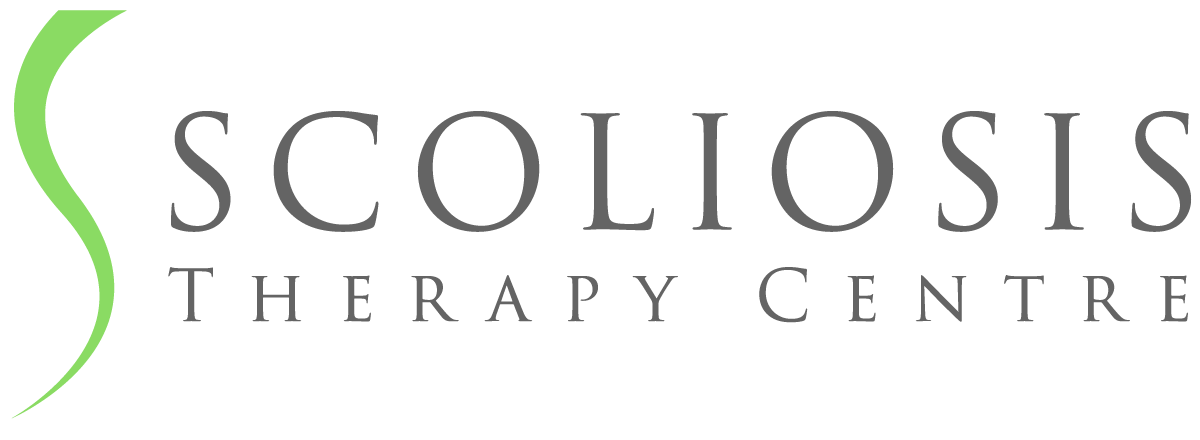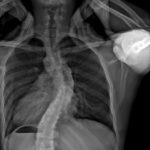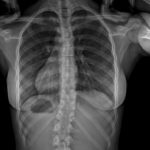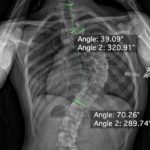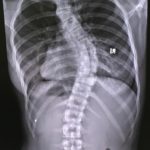idiopathic scoliosis
Idiopathic scoliosis progresses during periods of growth
Idiopathic scoliosis (IS) progresses during periods of growth in childhood and particularly in adolescence, with peak growth occurring at the beginning of puberty.
Curve progression is primarily related to curve magnitude and growth potential...cuves <25° are unlikely to progress, curves 25–50° will likely progress during growth [skeletal immaturity], and curves >50° will likely progress even after skeletal maturity.
However, with appropriate 3D Schroth Method scoliosis exercise therapy, and 3D asymmetrical Chêneau bracing (during growth), curvature progression can be prevented.
More females than males are likely to develop Adolescent Idiopathic Scoliosis
There are many causes of scoliosis but the most common type of scoliosis is adolescent idiopathic scoliosis (AIS) which means no known cause. AIS accounts for 80% of all scoliosis cases.”It’s estimated that females are 10 times more likely to develop AIS, before the age of 10, than males. [and] A girl diagnosed with scoliosis is approximately 10 times likely to experience progression than boys of the same age." bracing is not successful, and their child’/teenager's curvature(s) continue to progress to greater than 40º, spinal fusion surgery is recommended.
Click once on an image to expand it to full view, a gallery slide show will automatically commence; or you can manually move from one image to another by clicking on the left and right arrow indicators.
Idiopathic scoliosis is three dimensional
Today, idiopathic scoliosis is deemed to be three dimensional deformity affecting the spine and trunk, causing functional and structural changes in all 3 planes of the body. X-rays will show the vertebra at the centre of the major curve to be wedge shaped in appearance, indicating the scoliosis is structural; these changes, together with soft tissue imbalances cause a trunk deformity.
Idiopathic scoliosis can be managed in active daily life
At this point in time there is no cure for scoliosis but it can be managed in active daily life to maintain good (symmetrical) posture and optimal health. Schroth 3D sccoliosis exercises are designed to help individuals better manage their scoliosis throughout their lifetime.
Schroth Method scoliosis-specific exercises, which are customized for patients based on their major idiopathic curvature type can improve the effectiveness of adolescent bracing.
Internationally recognized and widely accepted rigid asymmetrical 3D Chêneau style braces, such as the Gensingen brace™ and RSC® brace, are now available in Australia. This style of bracing can be very effective in preventing progression, and reducing curvatures, if applied during the adolescent growth and before skeletal maturity.
